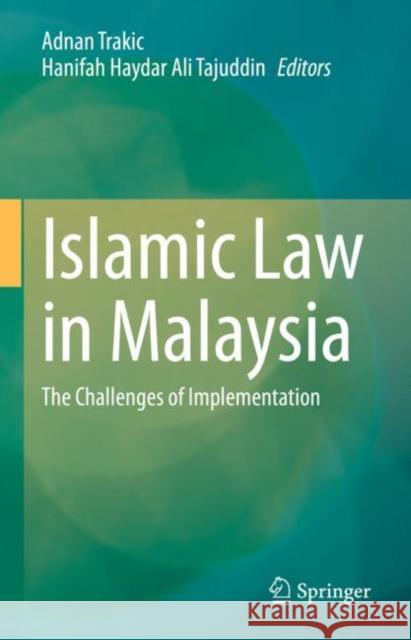Islamic Law in Malaysia: The Challenges of Implementation » książka
topmenu
Islamic Law in Malaysia: The Challenges of Implementation
ISBN-13: 9789813361867 / Angielski / Twarda / 2021 / 151 str.
Islamic Law in Malaysia: The Challenges of Implementation
ISBN-13: 9789813361867 / Angielski / Twarda / 2021 / 151 str.
cena 644,07
(netto: 613,40 VAT: 5%)
Najniższa cena z 30 dni: 616,85
(netto: 613,40 VAT: 5%)
Najniższa cena z 30 dni: 616,85
Termin realizacji zamówienia:
ok. 22 dni roboczych
Bez gwarancji dostawy przed świętami
ok. 22 dni roboczych
Bez gwarancji dostawy przed świętami
Darmowa dostawa!
Kategorie:
Kategorie BISAC:
Wydawca:
Springer
Język:
Angielski
ISBN-13:
9789813361867
Rok wydania:
2021
Wydanie:
2021
Ilość stron:
151
Waga:
0.41 kg
Wymiary:
23.88 x 19.81 x 1.27
Oprawa:
Twarda
Wolumenów:
01
Dodatkowe informacje:
Bibliografia











